Same Day Shipping EMI & COD on most products
Trusted Partner Since 1969
GST B2B Billing  Help
Help  00919699976817
00919699976817
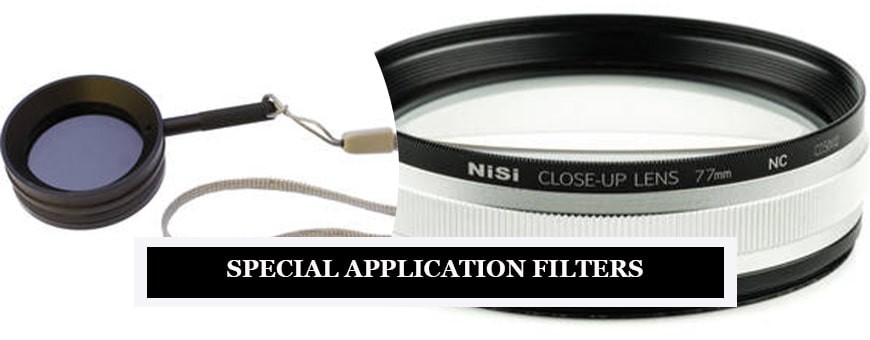
Showing all 17 results
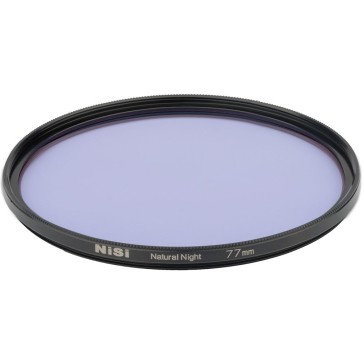
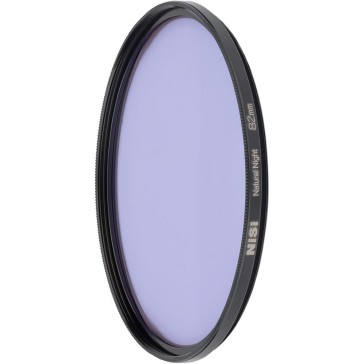
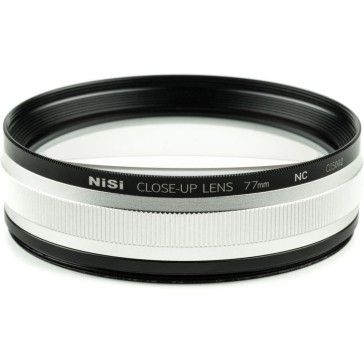
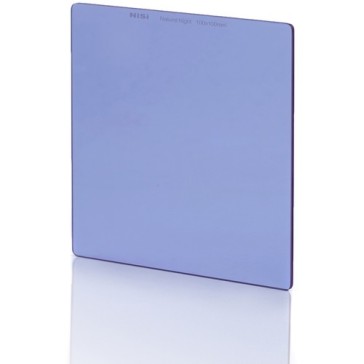
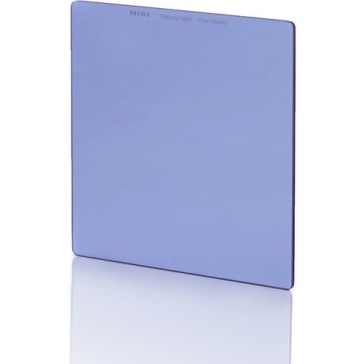
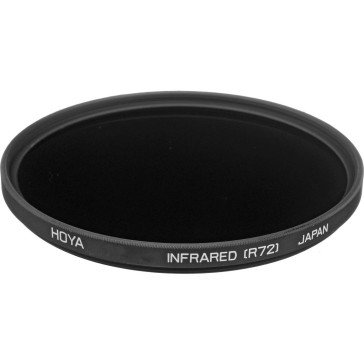
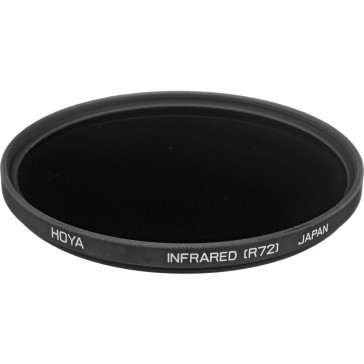
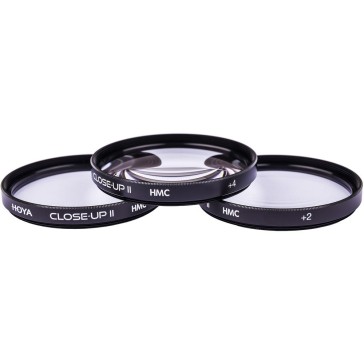
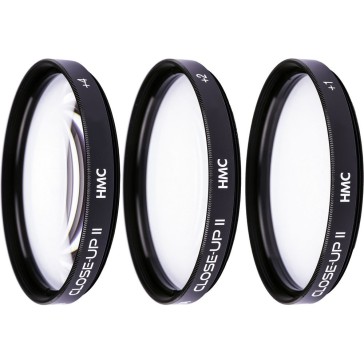
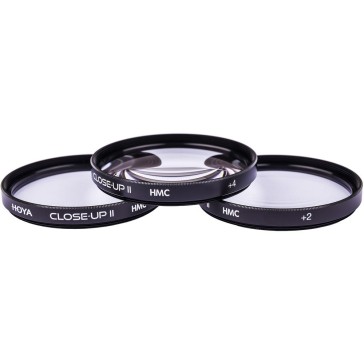
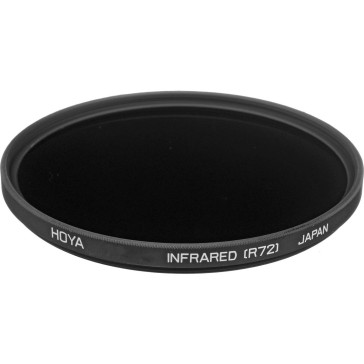
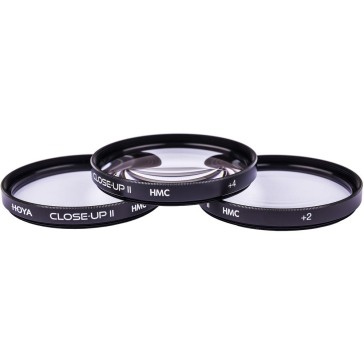
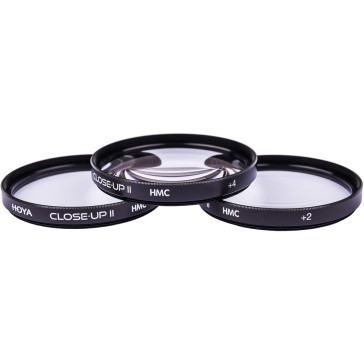
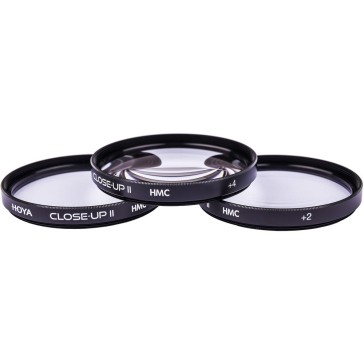
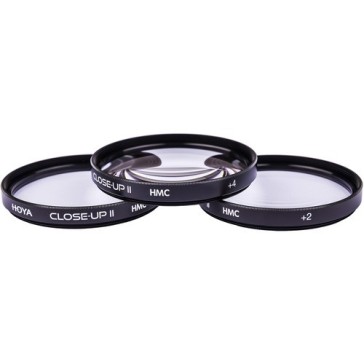
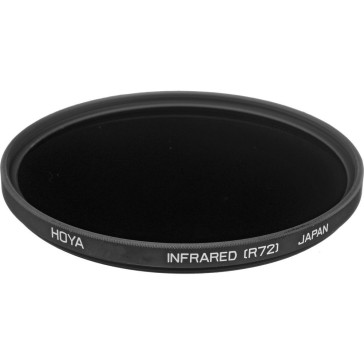
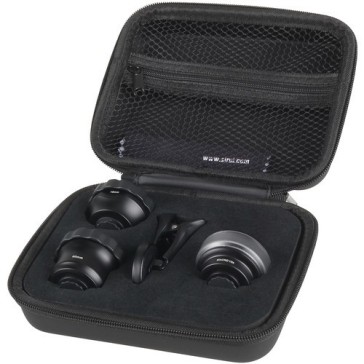
In the realm of photography, capturing the perfect shot isn’t just about skill or the quality of your camera. Another critical component comes into play: the use of special application filters. These filters are the unsung heroes that can transform ordinary shots into professional-level masterpieces. Let’s delve into the vast world of these special application filters, understanding their importance, varieties, and applications.
Importance of Special Application Filters
When you’re aiming to capture a photo that stands out, you sometimes need more than just the natural environment. Here’s where these filters come into play. They can:
Correct color imbalances: Certain light conditions can cast unwanted hues on your photos. Filters help in balancing these colors to give a more natural look.
Enhance contrasts: They can make the skies bluer or the foliage greener, adding depth and dimension to your photographs.
Reduce Glare: Especially useful when photographing water bodies or glass surfaces.
Types of Special Application Filters
Polarizing Filters: These are perfect for reducing reflections from water, glass, or any non-metallic surface. They also enhance the contrast of the sky, making clouds pop against a blue backdrop.
Neutral Density (ND) Filters: Ever wondered how photographers capture silky smooth waterfalls during the daytime? ND filters reduce the amount of light entering the lens without affecting the color, allowing longer exposure times.
Graduated ND Filters: These are half clear and half tinted. They’re typically used to balance the exposure between a bright sky and a darker landscape.
UV Filters: Primarily used to protect the camera lens, they also help in reducing the haze from ultraviolet light.
Color Correction Filters: These filters adjust the color temperature in photos, ensuring that the final image is as close to real life as possible.
Tips for Using Special Application Filters
Know Your Environment: Before you choose a filter, evaluate the shooting environment. For instance, use polarizing filters when there’s a lot of sunlight.
Invest in Quality: Not all filters are created equal. Quality matters, as a poor-quality filter can degrade the image.
Experiment: The more you play around with different filters and settings, the better you’ll understand their impact.
In conclusion, for both hobbyists and professionals alike, understanding and effectively using special application filters is essential. They’re tools that, when used correctly, can significantly elevate the quality of your photos.
A polarizing filter works by only allowing light waves traveling in one direction to pass through. This helps in reducing reflections from surfaces like water or glass. When you rotate a polarizing filter on your lens, it can darken skies, manage reflections, or suppress glare, enhancing the overall image.
UV filters were crucial for film cameras as films were sensitive to UV light, which could affect image clarity. For digital cameras, sensors aren’t as affected by UV light. However, many photographers use UV filters to protect their lens from scratches, dirt, and other potential damage.
An ND filter reduces the amount of light entering the lens without altering the colors. This allows photographers to use wider apertures or longer shutter speeds, making them ideal for creating motion blur in bright conditions, like capturing flowing water.
Color correction filters adjust the color temperature of photos. When shooting in environments with unusual lighting, like under a streetlamp or in the shade, these filters help ensure the final image looks natural and matches the actual scene’s colors.



Most units are shipped same day using professional courier services with tracking.
We work round the clock to ensure you get the highest level of customer satisfaction.
Well packed, Sealed Units are shipped from our warehouse which are waterpoof & sturdy.
Design Info
GST: 27AYUPJ2628P1ZK
No.1, Saremals, Shastri Hall Building,
Nana Chowk, Grant Road West,
Mumbai 400007, Maharashtra, India
New Delhi Branch – South Ex 2, 110049
Also Ships DAILY from Brisbane, Dubai,
Berlin, Barcelona, Detroit & Vancouver.
Connect online / schedule a demo
Call/WhatsApp: +91-9699976817
Email: [email protected]
Live Chat: Business Hours
Follow Us: @designinfo.in
Copyright © 2014-2022 Design Info All Rights Reserved. Feedback on web experience
Since 1969